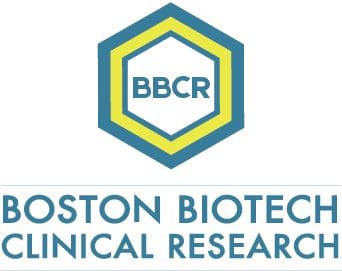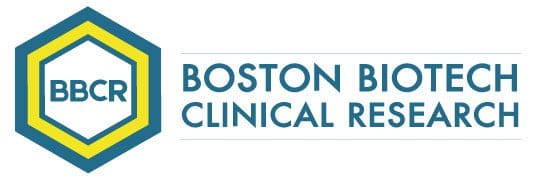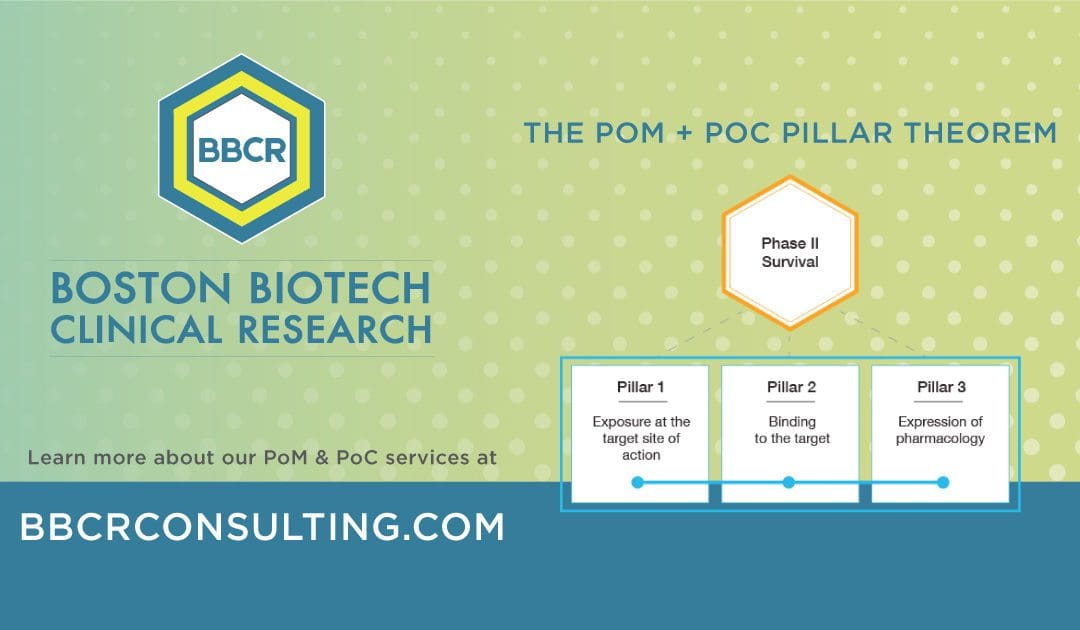The BBCR team designs Proof of Concept (PoC) Trials and Proof of Mechanism (PoM) studies with the drug clinical plan and regulatory strategy in mind.
Proof of Mechanism (PoM)
- Usually in Healthy Volunteers, Phase 1 study
- Essential for the selection of appropriate dose for PoC, disease model and biomarkers
- Investigate drug concentration at the target site of action
- Investigate drug engagement with target molecular receptor or enzyme (e.g. Receptor binding
- Investigate if drug biological response after target binding match the desired effect
- Identify the PK/PD relationship
Proof of Concept (PoC)
- In Disease of Interest Patients, Phase 2 study
- Inform on indicative effectiveness of desired clinical activity
- Typically are short and involve a small number of patients
- PoC lack of statistical power
- High quality PoC study yield insight into drug interaction with patient’s physiology
- High quality reads-out enable highly educated Go/noGo decisions
Under the term “biomarkers,” by Bradley’s classification, are included:
- Pharmacodynamic
- Proof of mechanism (PoM)
- Proof of principle (PoP)
- Proof of concept (PoC)
- Predictive biomarkers (sometimes known as patient stratification, selection, or enrichment biomarkers)
- Safety biomarkers
PoM, and PoP pharmacodynamic biomarkers confirm the biological effect and early assess the drug candidate’s pharmacological activity.
In addition, predictive biomarkers allow for patient selection which is essential for molecularly targeted agents and therapeutic IgG antibodies.
- Herceptin works in tumors expressing HER2
- Inhibitors of PARP have a more significant effect on tumors with BRCA1/2 mutations
- The ALK inhibitors crizotinib and ceritinib works in NSCLC patients expressing EML4-ALK translocations.
Learn more about PoM & PoC at BBCR

Specializing in rare disease, Boston Biotech Clinical Research works with biotech, pharmaceutical, device companies and investors to streamline the clinical trial process. Our experienced team helps each client reach their specific goals by customizing a clinical and regulatory road map of simplified programs and streamlined protocols to meet our clients’ requirements.

